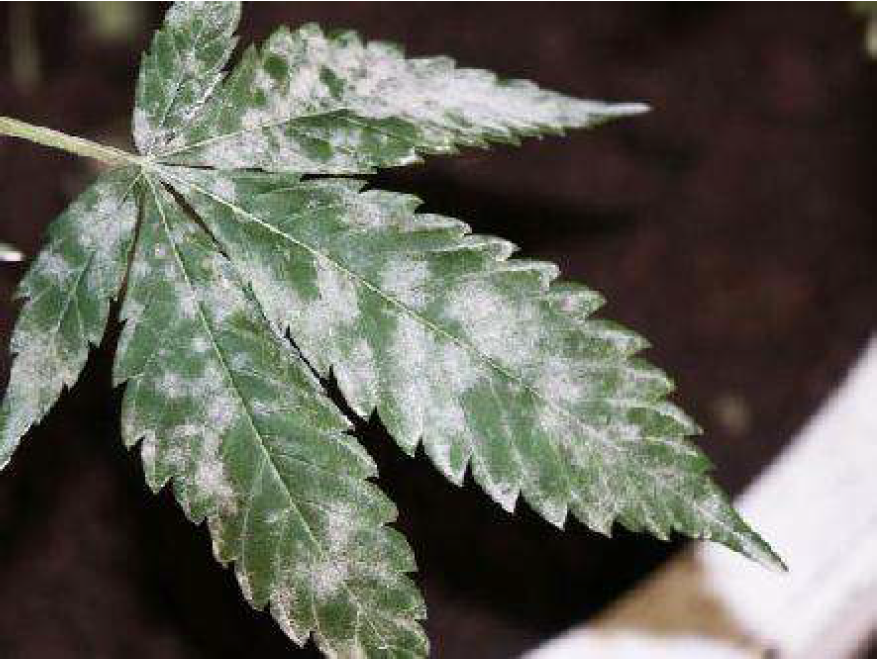Misleading Information on Air/Surface Decontamination
- Mitchell Wilkie

- Aug 11, 2020
- 2 min read

There is a lot of misleading information from manufacturers and distributors in Canada and the USA that is available to the public regarding air/surface purifiers and ozone generators. This includes ambiguities in the product’s sales literature and biased opinions-of-use approval qualifications that are in fact not from authorities having jurisdiction.
Several Japanese companies sell electrical devices advertised as effective in inactivating viruses and killing bacteria by releasing special materials, e.g. Nanoe particle, Plasmacluster ions, and minus ions, into the air. The results of independent scientific research and testing strongly suggest that these devices have almost no bactericidal effect or viral inactivation, at least in the minimal volume spaces where tests occurred (i.e. 45 litres). In these tests, any bacterial colony formation was only decreased from ozone by-product of the special releasing materials (i.e. Nanone).
Ozone is one of the most powerful oxidizing agents in the world, and a potent disinfectant 3,000 times more effective than chlorine bleach in broad spectrum antimicrobial activity. Ozone expended into a room atmosphere can destroy large amounts of spores, bacteria, viruses, mold, fungus, mildew, odours and other contaminants. Because ozone has a spare, unstable oxygen molecule, as soon as it touches a pathogen, the spare atom breaks off and attacks the cell walls of the pathogen, rupturing them and killing it instantly.
Exposure to ozone is dangerous and can bring on headaches, burning eyes, coughing, shortness of breath, chest pains, irritation of the throat and asthma symptoms. Even very low concentrations of ozone in air are very destructive to organic materials such as latex, rubber, plastics, and lung tissue. When in high enough concentrations to eliminate bad smells, it will react with your skin, eyes, lungs, and other exposed areas and cause long-term damage (i.e. lung scarring, asthma, bronchitis) and induce heat attacks and other cardiopulmonary problems. Ozone will cause similar types of long-term bodily damage as volatile chemicals like gasoline; however, it does smell better if that is any consolation.
I recommend Ultraviolet Germicidal Irradiation (UVGI) systems that produce short-wave spectrum called UV-C and are installed in parallel within HVAC air handling units, which are very effective and safe. With properly engineered and installed UVGI systems, people are never exposed to UV light; it does not leave bio-film residue within a room like ozone and the system can operate 24/7 to always mitigate any contamination risks. If you can safely look at UV lights and be in the room with them, they are not powerful enough to kill COVID-19. Exposure to UV-C light in a UVGI system would cause serious burns and eye damage within seconds. That is why they are installed in air handling units of commercial HVAC systems.


Comments